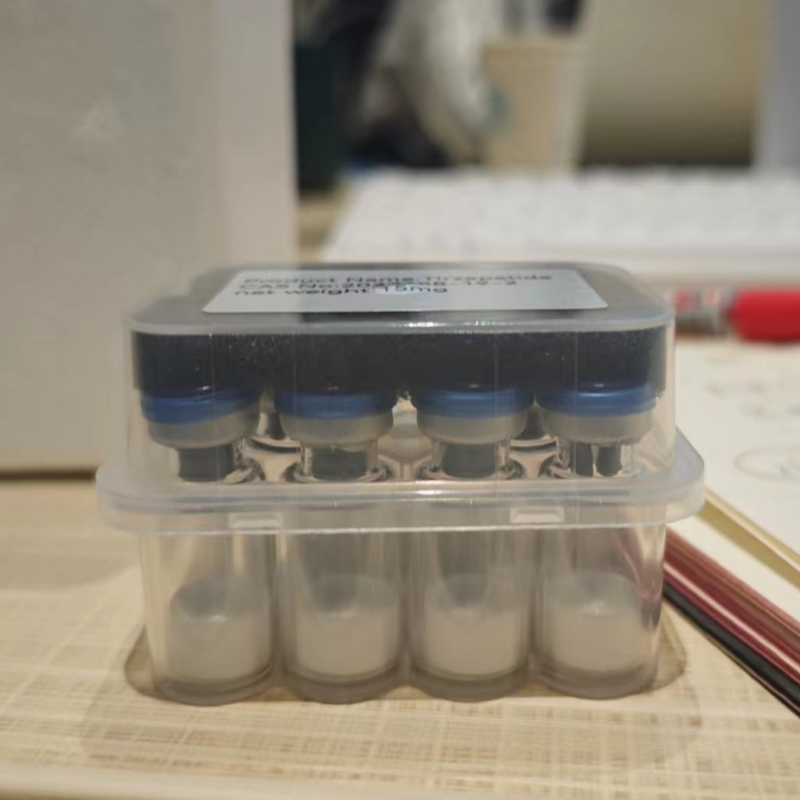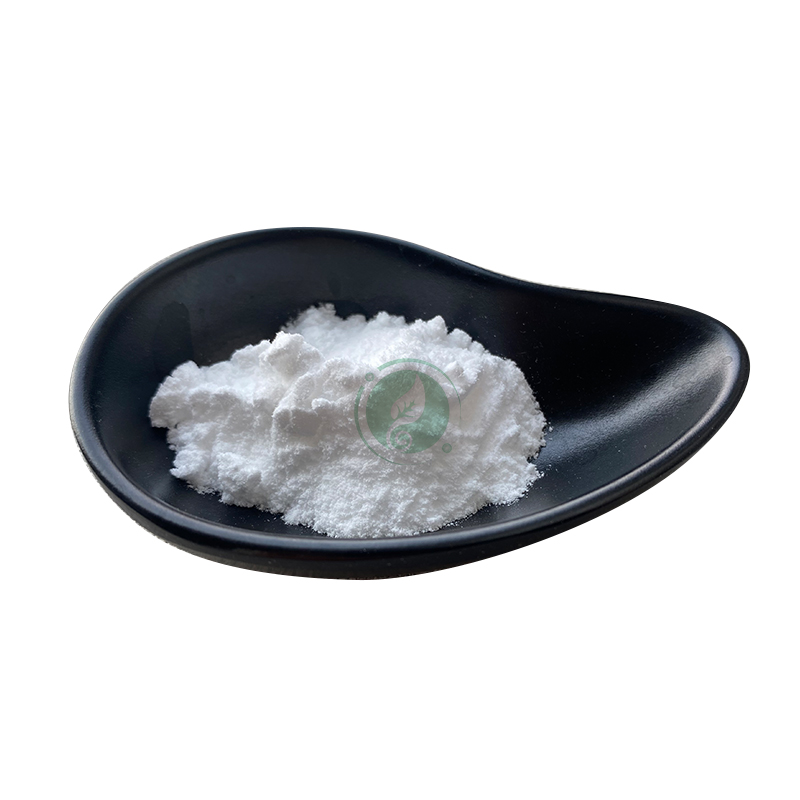Aishi and Purdue Pharmaceuticals submit a new drug application to the FDA
-
Last Update: 2020-06-10
-
Source: Internet
-
Author: User
Search more information of high quality chemicals, good prices and reliable suppliers, visit
www.echemi.com
recently, Japanese drugmaker Eisai and PurduePharmaceutical http://, thefda and drug, have submitted aapplication for new drug(http://(NDA) to the u.SFood andDrughttp://(http://about lemborexantlemborexant is a dual inhibitor of the psynoson receptor OX1 and OX2, found and developed internally by the seistic, the compound is competitively combined with 2-bell subtype appetite receptors (psynoson receptors 1 and receptor 2) to suppress appetitein individuals with insomnia disorders, the appetite-insin system that regulates sleep and wakefulness may not function properlyDuring the normal sleep cycle, the activity of the appetite-intelline system is inhibited; this reveals that the ability to interfere with the neurotransmission of appetite through lemborexant is intended to promote the initiation and maintenance of sleeprelated studies
the NDA submission, are based on the evaluation of the results of two key Phase III clinical studies in lemborexant treatment of insomniacs: SUNRISE-1 (304 studies) and SUNRISE-2 (303 studies) in a group of approximately 2,000 patients The SUNRISE-1 study, conducted in patients aged 55 and having difficulty sleeping at night, assessed the efficacy and safety of lemborexant relative to placebo and the positive control drug tattsoftatoin, and the data showed that the study reached the primary and secondary endpoints The SUNRISE-2 study, conducted in more than 900 adults (18-88 years) of insomnia, assessed the efficacy and safety of lemborexant relative to placebo, and the data showed that the study also reached primary and critical secondary endpoints , Wesfarmers is currently working with Purdue to develop lemborexant for the treatment of a variety of sleep disorders Among them, a Phase II clinical study is evaluating the efficacy and safety of lemborexant in treating patients with wakeful rhythm disorder (ISWRD) and mild to moderate Alzheimer's disease (AD)
This article is an English version of an article which is originally in the Chinese language on echemi.com and is provided for information purposes only.
This website makes no representation or warranty of any kind, either expressed or implied, as to the accuracy, completeness ownership or reliability of
the article or any translations thereof. If you have any concerns or complaints relating to the article, please send an email, providing a detailed
description of the concern or complaint, to
service@echemi.com. A staff member will contact you within 5 working days. Once verified, infringing content
will be removed immediately.







